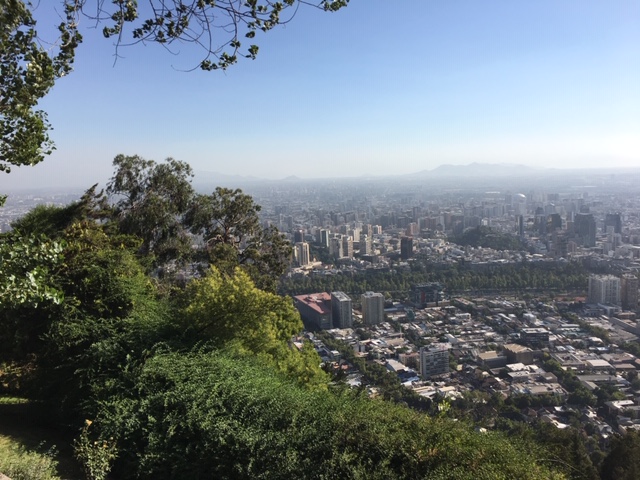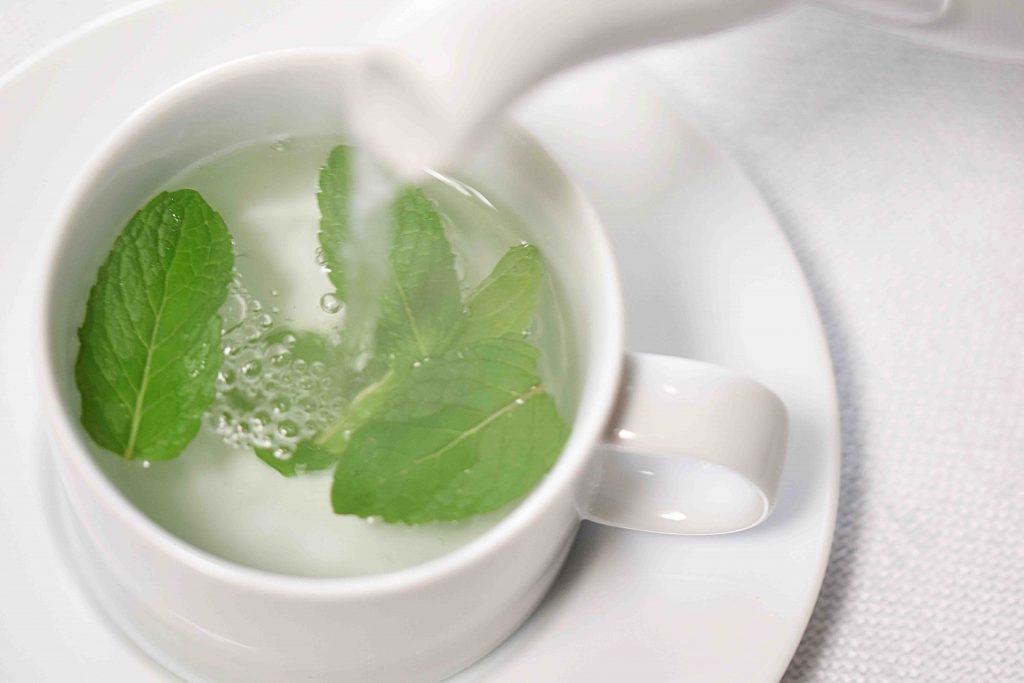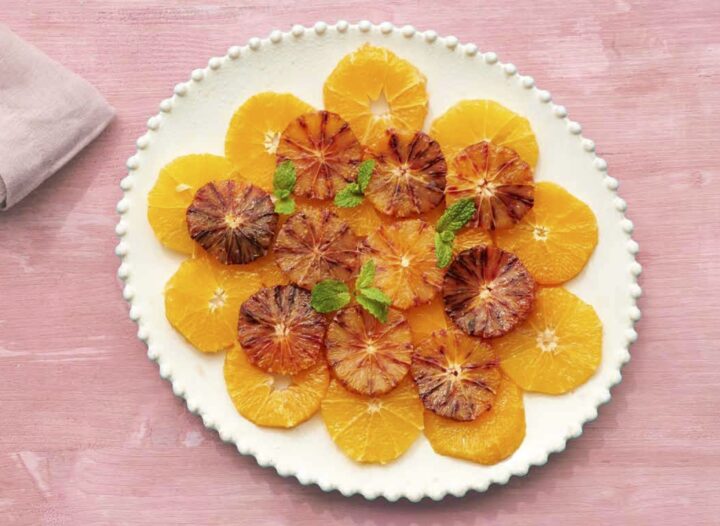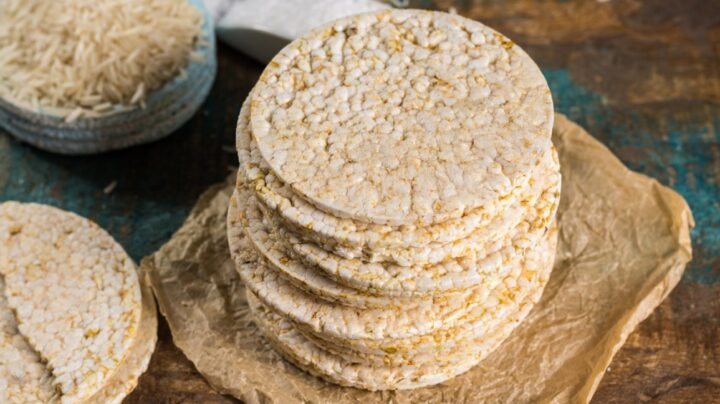Dr Jackie discovers the delights – and challenges – of life on the ocean waves.
My husband, Alex and I have been lucky enough to have just been on a cruise to Chile, Uruguay and Argentina, travelling around Cape Horn! It was quite an adventure for us. We started in Santiago, where a funicular can give you a fabulous city view over a surprisingly Westernised metropolis; spent a day in Valparaiso, admiring the street murals; caught the ship in San Antonio and stopped at Puerto Montt, which has a waterfall and a beautiful ice-capped volcano; Punta Arenas, which provides great hiking; Ushuaia, the Southernmost town in the world, where we enjoyed a fabulous hike to the Emerald Lake; Puerto Madryn, where we saw penguins and sea lions; Montevideo, where we visited a Jewish community centre and synagogue and finally Buenos Aires, where we watched Tango shows.
It was wonderful being on a cruise ship, because we avoided long hours of travelling between destinations by car, bus, train or plane. Days spent at sea were filled with activities, such as quizzes, talks, gym sessions and aerobics, led by the hyperactive entertainments’ officer, Alejandro, who had us ‘shaking our stuff’ because he claimed that no-one watching would ever see us again. There was also the Canadian DJ Morgan, who turned out to be DJ Collins, when he appeared at the Friday night service and told stories of Yiddishe grandmothers on other cruises having tried to pair him off with their granddaughters!

We also made some wonderful new friends: Ros and Mark, from Bushey in London, Jean and Neil from Colorado, Joan, Fred, Coleen and Randy from Baltimore, Irena and Gershon Gershon (his real name!) from Tel Aviv, Regina and Wolfgang from Germany, Reggi and George from Chile, Mike and Margaret from Saskatchewan, Dave from Glasgow and Louise and Patrick the intrepid mariner from British Columbia, amongst others.
We were all concerned about the possibility of norovirus, especially when we heard that a Royal Caribbean ship had been recently affected and had to turn back to the starting port. What a miserable way to spend a holiday! I took to using clean spoons to serve myself from the buffets, rather than the communal serving spoons, which had been handled by many. I saw one lady handling the spoons with a serviette.
The lunch buffet was even more extensive but it was easy to fill up on fish and savoury dishes and to walk past the displays of cakes looking the other way! Supper was a sit- down meal and again there were always fish or vegetarian main course options. The presentation of the food was excellent. I was delighted to see that there was always sorbet or sugar-free dessert, although occasionally the latter were a little bland and on one or two occasions I succumbed and had delicious fruit crumble and a phenomenal baked Alaska.

The newest version of the Mediterranean diet includes having plentiful drinks of water and also herbal infusions. I requested mint leaves with hot water, which the waiters soon got used to and provided without being asked. This has the advantage of being anti-inflammatory and of settling your stomach after a large meal. I love it.
I’m probably sounding super-smug here with my amazing powers of restraint! It’s far from the truth. I’m naturally a fresser and I did put on a little weight over the two weeks but not enough to get me down. I think that the biggest potential pitfall is the ability to refill your plate several times over and the fact that the restaurants are open for much of the day and up to midnight. Alejandro once joked that the passengers were upset because they’d gone more than 45 minutes without another meal! Dr Rangan Chatterjee promotes having at least a 12 hour food-free window between supper and breakfast and reduced snacking as an efficient way to help weight loss and to reduce the risk of diabetes. It may not be possible to do this every day but even once or twice a week can be good.
What of the traditional South American diet? It had healthy and unhealthy aspects. The good things included large salads, Spanish omelettes, chillies, bean-based dishes and avocado-rich guacamole. However, unfortunately the favourite snack was empanadas, rather like Cornish pasties, but sometimes deep fried for added calories. There were also medialunas (meaning ‘half moons’), a kind of heavy croissant with a sugary coating, tortilla chips, churros (like doughnut fingers) massive beef steaks, sodas and dulche de lece- made from sweetened condensed milk. The young people mostly appeared slim and may have moved on from the traditional diet but many middle-aged men and women were ‘gorditos’ (chubby!)




